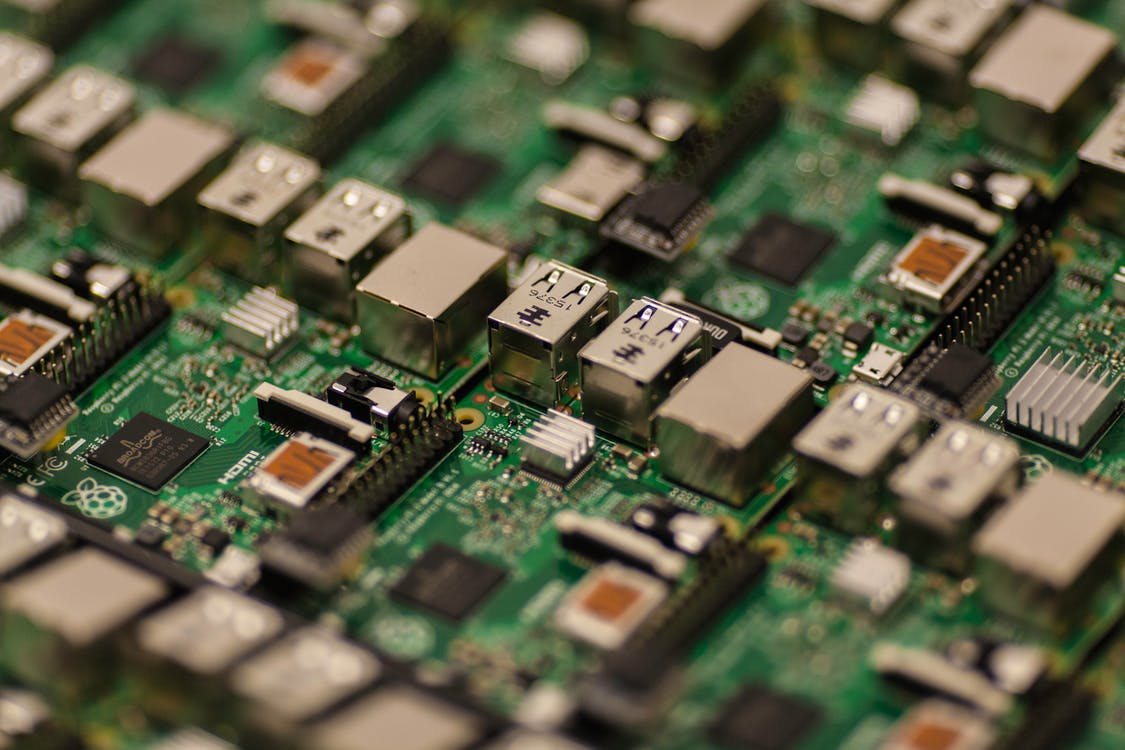What is Raspberry Pi?
If you work in the electronics industry you might have heard of the Raspberry Pi circuit board. This device is a single-board computer, originally made by the UK-based Raspberry Pi Foundation.
Raspberry Pi boards use Linux and have a set of general purpose input/output (GPIO) pins. This means the user can attach electronic components and create different circuit boards.
History
The Raspberry Pi Foundation is a charity focused on teaching computing, and aims to make the subject simple and fun. To this end, The Raspberry Pi single-board computer was released to aid students and teachers in learning electronics affordably.
The original Pi was released in 2012 and quickly became popular, not only for education but in multiple industries. Since it uses a Linux-based OS it was also used by programmers and developers.
Raspberry Pi 1 Model B had a single-core 700MHz CPU, an ARM1176JZF-S processor, a VideoCore IV GPU, and had 512MB of RAM, and sold at lower than $35 on its release in April 2012.
Components
Since 2012 there have been several generations of Raspberry Pi. The latest model can have up to 8GB of RAM and a 64-Bit quad-core processor. Additionally, the Raspberry Pi 4 has two micro-HDMI ports that support 4K at 60GHz displays, a MIPI DSI (display serial interface) display port, MIPI CSI (camera serial interface) camera port, 4 pole stereo output and composite video port.
Potential Uses
One of the attractions of the Raspberry Pi device is the 40-pin GPIO header and four USB ports. This gives the opportunity for users to connect and build various types of circuits using external components.
Pi comes with an official operating system named Raspbian OS. The OS has a GUI that can be used for browsing, programming, games, and other applications.
Batteries or solar panels can be connected to power the circuit, which at peak would only require 7.6W of power. A power supply can also be connected via the USB port. One such power supply is provided by the Raspberry Pi Foundation itself at 5.1V.
Microphones and buzzers can be connected via the GPIO pins to create simple circuits. Motion sensors, servos and more, can also be attached in any combination.
There are numerous entertaining projects to undertake for those interested, and for the people who need it there is plenty of inspiration available online.
Pi’nally…
Lantek Corporation can supply Raspberry Pi products, customers need only get in touch! For this, and all your other electronic component needs, contact Lantek today.

